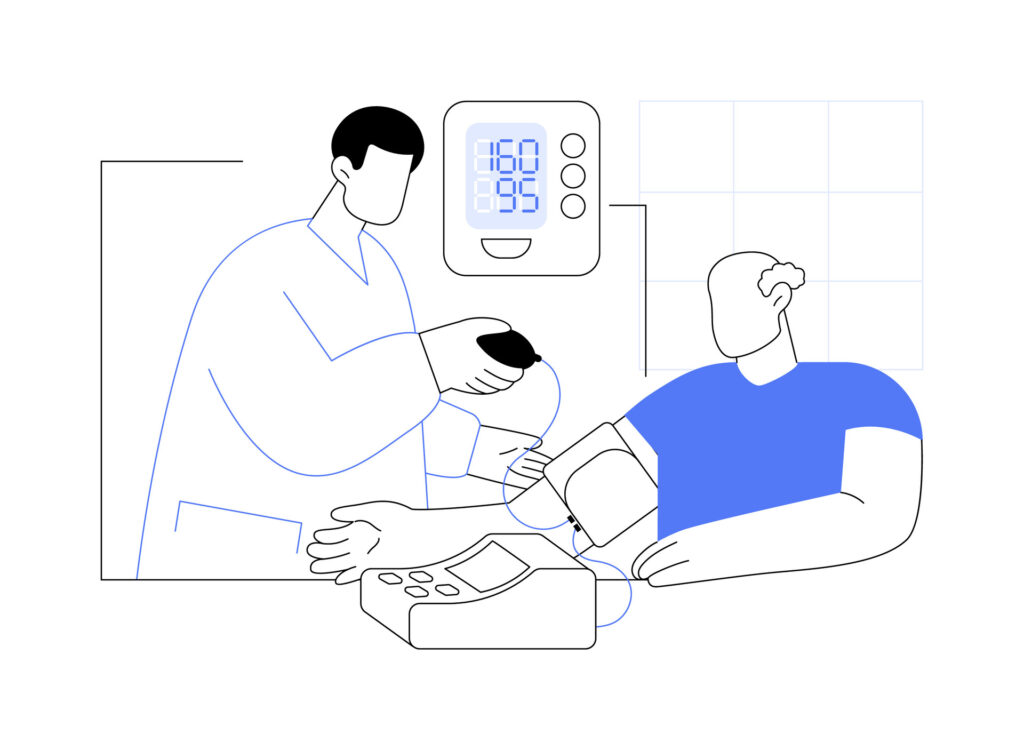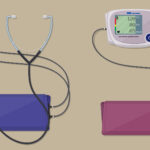People often sit in a chair with their arms hanging down, when measuring blood pressure. The new study shows this position may significantly affect the reading. In the worst case, it may result in an incorrect diagnosis of the stage or grade of hypertension.
Researchers evaluated blood pressure readings taken while arms were in different positions. The group comprised of 133 volunteers with ages ranging from 18 to 80 years. Blood pressure readings were taken in a quiet environment after a brief rest period. The following arm positions were recorded: while a volunteer’s arm was supported on a desk; while supported by the volunteer’s lap; and when hanging, unsupported at the volunteer’s side. The measurements were taken three times. Volunteers were asked not to use their mobile devices or interact with the investigators.
The results of study were reported in JAMA Internal Medicine. The scientists determined that an arm supported by the lap could lead to overestimated systolic blood pressure readings, the top number of the measurement, by about 4 mmHg. The arms that were hanging at sides, unsupported, led to overestimated systolic pressure readings of about 7 mmHg.
These findings have suggested that the position of a patient’s arm during a blood pressure reading is important. They confirm that positioning can make a “huge difference” in readings, said senior study author Tammy Brady, MD, PhD, vice chair for clinical research in the Department of Pediatrics at the Johns Hopkins University School of Medicine, among other appointments.
This work has highlighted the importance of sticking to clinical guidelines. They call for firm support during the measurement of blood pressure. These guidelines include using an appropriate cuff, providing back support, and positioning the feet flat on the floor with uncrossed legs. The cuff should also be on the arm at mid-heart level while the arm is supported by a table. Unfortunately, it’s thought that many patients still have their readings taken while their arm is not supported, or the patient or clinician is holding it.
“If you are consistently measuring blood pressure with an unsupported arm, and that gives you an overestimated BP of 6.5 mmHg, that’s a potential difference between a systolic BP of 123 and 130, or 133 and 140, which is considered stage 2 hypertension,” noted co-study author Sherry Liu, M.H.S., an epidemiology research coordinator at Johns Hopkins Bloomberg School of Public Health.






